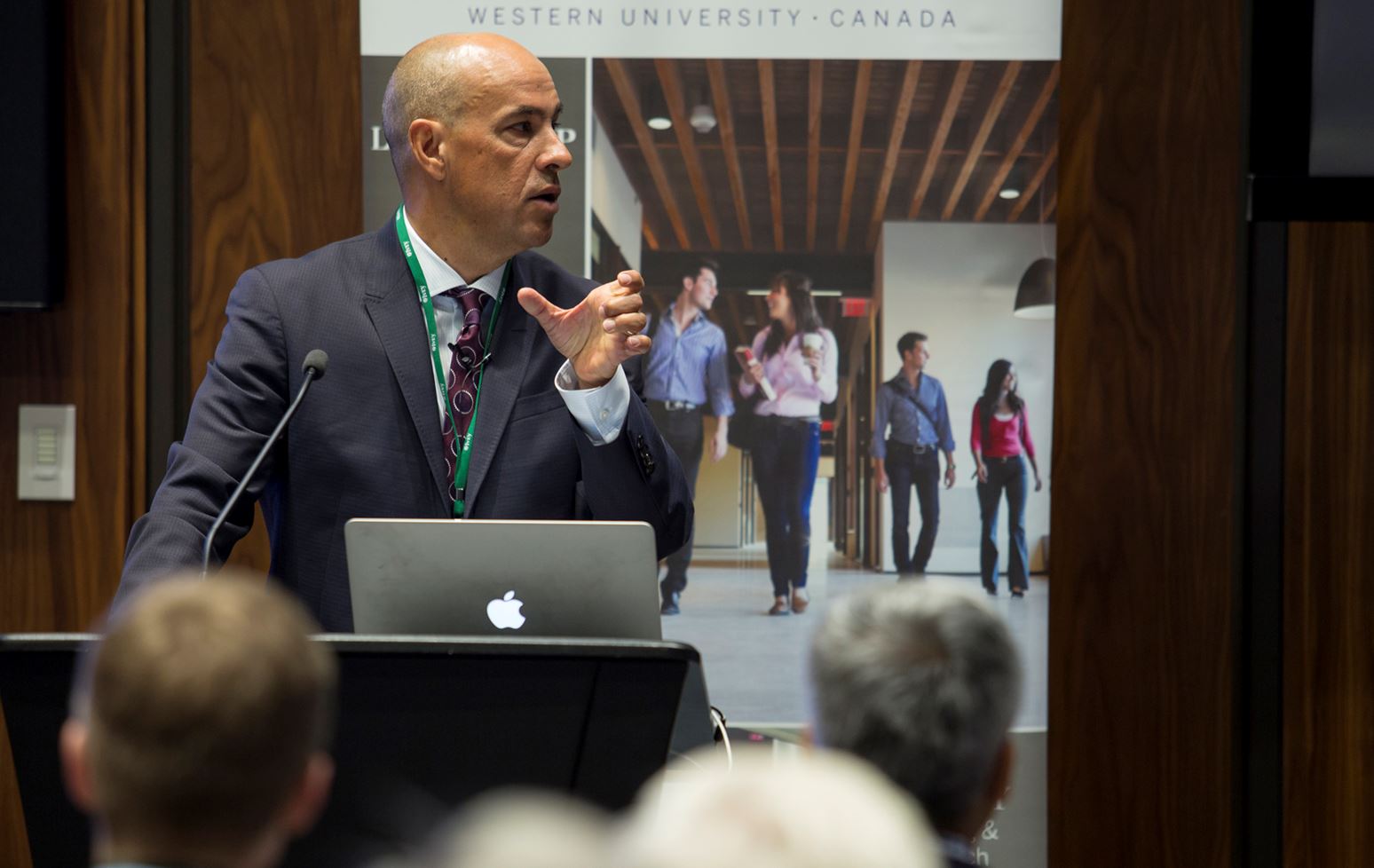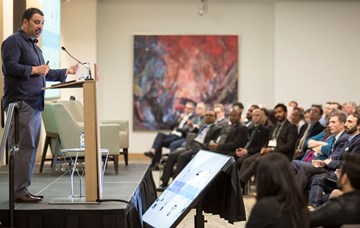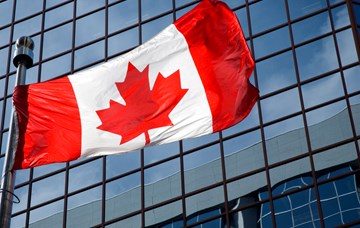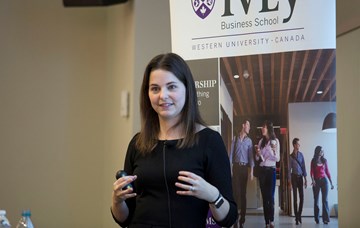The global economy may be in uncharted territory as interest rates hover at or below zero, but it’s not all doom and gloom.
The good news: ultra low rates may be driving household consumption and eventually public-sector spending, increasing business investment in some countries, and, creating unique opportunities for investors.
“There is a positive message about the opportunities out there if you know where to look and have the capacity to seize them,” said Ivey Associate Professor Tony Frost.
Frost led an Ivey Idea Forum in Toronto entitled From ‘lower for longer’ to ‘lower forever’? What do low interest rates mean for business? The event offered insights from a panel of experts, including Frost; Paul Ferley, Assistant Chief Economist at RBC; and Satish Rai, Chief Investment Officer, Public Markets at OMERS Capital Markets.
Related to this story
The panel discussed the potential causes of low interest rates and the implications for investors, households and firms, and the economy as a whole.
Here are some of the key takeaways:
Paul Ferley – Price matters
Ferley explained some of the causes of low interest rates, including:
- Reduced economic growth due to an aging labour force and low productivity;
- Conservative thinking in regard to new spending in the aftermath of the 2007-08 financial crisis; and,
- Low investment because investment opportunities in the current environment are not what they used to be.
Some or all of these possible factors have prompted central banks to cut interest rates in hopes of stimulating spending. Although uptake has been slow, Ferley said he’s optimistic it will turn around via avenues such as public sector spending on infrastructure.
“Price matters and prices are very low right now so it should start generating a response,” he said.
Satish Rai – A low-interest world
Rai discussed the realities of investing in a low-interest world. He stressed the need for bottom-up analysis of securities and pointed out the opportunities for investment in real estate and infrastructure, as a result of low borrowing costs.
“Traditional 50/50 models are challenged so you have to think differently,” he said. “We are in a different world, but we do believe the return opportunities for people are very strong.”
Tony Frost – Is this sustainable?
Frost cited ways low interest rates are helping Canada’s economy, including:
- Rising house prices;
- A spike in auto sales; and,
- Increased spending on home renovations.
But, on the other hand, he pointed out Canadian household debt has almost reached record levels.
“The question that everybody is asking around the world is: Is this sustainable?,” he said.
And while low or negative interest rates in Europe appear to be lowering firms’ borrowing costs and increasing business investment, he said Statistics Canada is forecasting declining business non-residential investment for 2016. Frost said there are four reasons why business investment is not following suit:
- All else is not equal – Low rates might help, but they are swamped by broader variables, such as weak demand outlook, low commodity prices, and unexpected currency fluctuations;
- Credit cost doesn’t always equal credit availability – It’s still difficult for small- and medium-sized businesses to get loans;
- Central banks’ actions may actually increase risk – Rate cuts signal weakness and that lowers business and consumer confidence; and,
- The cost of debt might be low, but the cost of equity is high – It is expensive to return cash to shareholders.
“There are some unintended, unforeseen, and unknown consequences of moving to lower for longer or forever,” he said. “The central banks’ actions, which are textbook correct, in the world we’re living in may have different ramifications and outcomes. We’re really in uncharted territory.”



